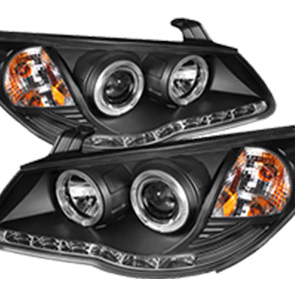How to Properly Install and Maintain Your Derailleur Gear Cable for Optimal Performance
Understanding Derailleur Gear Cables A Key Component of Bicycle Performance
In the realm of cycling, the term derailleur is often mentioned alongside critical components that define the performance and user experience of a bicycle. At the heart of the derailleur system is an essential element—the gear cable. While this cable may seem like a simple piece of engineering, it plays a crucial role in how effectively a bicycle shifts gears, thereby directly impacting the rider's efficiency and control on the road or trail.
What is a Derailleur Gear Cable?
A derailleur gear cable is a thin, flexible wire that connects the shifters on the handlebars to the derailleurs, which are mechanical devices located near the bike's chain. The primary function of the derailleur is to move the chain between different gears on the cassette and chainrings. The gear cable transmits the rider's input from the shifter to the derailleur, allowing for precise gear changes.
Materials and Construction
Typically, derailleur gear cables are made from stainless steel or other durable materials, resistant to corrosion and wear
. They are often coated with a layer of plastic to reduce friction and improve durability. The cable is housed within a protective casing, which shields it from dirt and moisture, ensuring smooth operation over time. The construction of these cables may vary, with some offering low-friction designs that enhance performance, especially in competitive cycling.Importance of Proper Tension and Adjustment
derailleur gear cable

To ensure optimal performance, the derailleur gear cable must be installed correctly with the appropriate tension. If the cable is too loose, shifting may become sluggish or unresponsive, leading to missed shifts and a frustrating riding experience. Conversely, if the cable is too tight, it can cause gear changes to be abrupt or forceful, potentially damaging the derailleur or the bike’s drivetrain.
Regular maintenance and adjustments are crucial for the lifespan of the cable. Riders should periodically check for signs of wear, such as fraying or rust. Additionally, ensuring that the housing is clean and free from obstructions can help maintain smooth shifting performance.
Upgrading Your Gear Cables
For cycling enthusiasts looking to enhance their riding experience, upgrading to a higher-quality derailleur gear cable can yield significant benefits. Premium cables often feature advanced coatings that reduce friction, allowing for quicker and more accurate shifts. Some brands even offer cables specifically designed for different riding styles, whether it's road cycling, mountain biking, or touring.
Another consideration is the overall setup of the bike. Ensuring compatibility between the shifters, derailleur, and cables is vital for achieving maximum performance. This is particularly important for those who may be tinkering with their gear systems or making modifications for improved efficiency.
Conclusion
In conclusion, the derailleur gear cable, although relatively small and often overlooked, is a fundamental component of any bicycle’s gear shifting system. Its role in connecting the shifters to the derailleurs cannot be underestimated. Proper installation, maintenance, and possible upgrades can greatly enhance the shifting experience, allowing riders to focus on what matters most enjoying the ride. Whether you are a casual cyclist or a professional racer, understanding and caring for your derailleur gear cable is essential for optimal bicycle performance. So, next time you switch gears, take a moment to appreciate the intricate engineering that allows for seamless transitions on your ride.
-
Upgrade Your Control with Premium Throttle CablesNewsAug.08,2025
-
Stay in Control with Premium Hand Brake CablesNewsAug.08,2025
-
Experience Unmatched Performance with Our Clutch HosesNewsAug.08,2025
-
Ensure Safety and Reliability with Premium Handbrake CablesNewsAug.08,2025
-
Enhance Your Vehicle with High-Performance Clutch LinesNewsAug.08,2025
-
Elevate Your Ride with Premium Gear CablesNewsAug.08,2025
